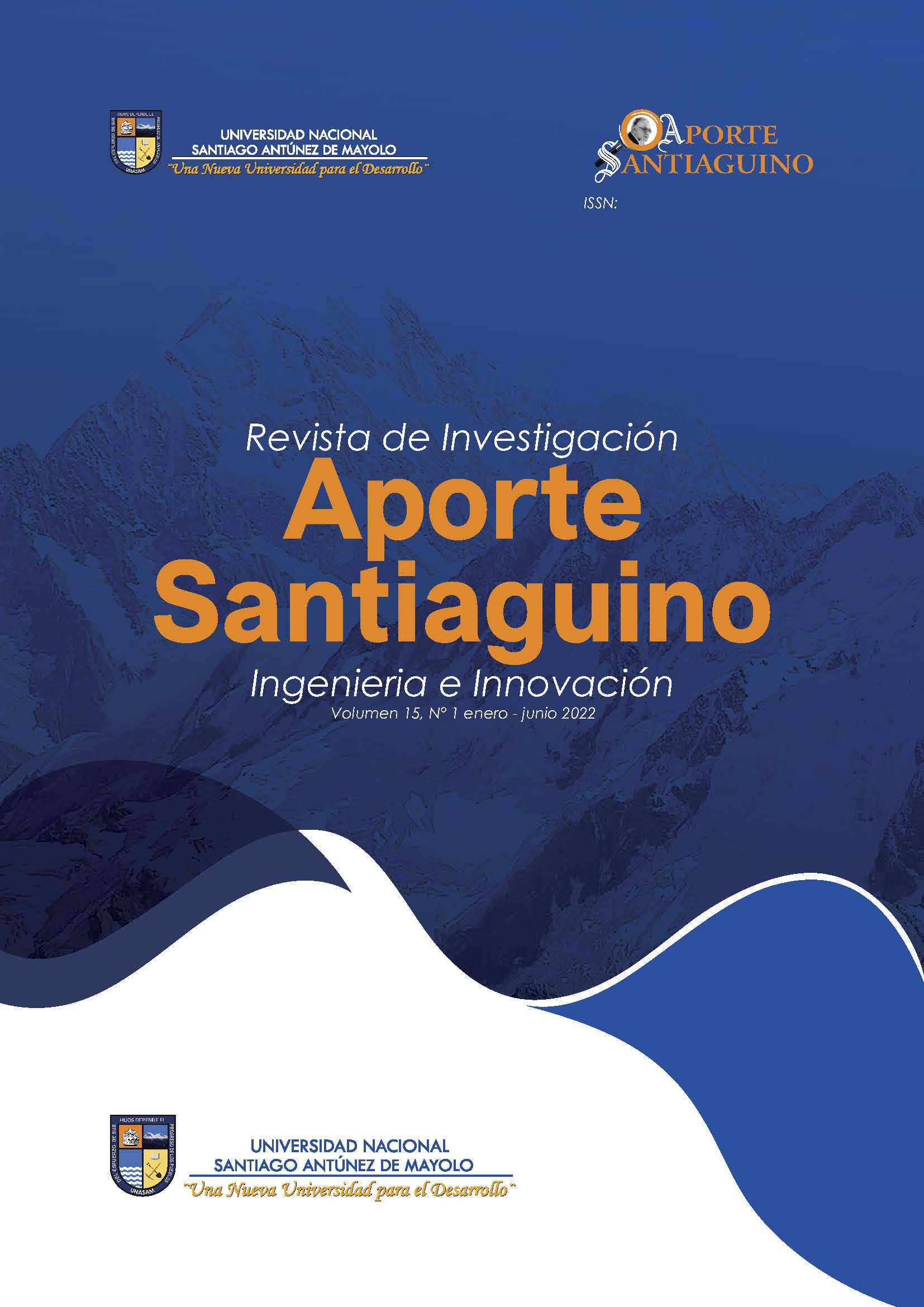Constructed stationary wetland for acid mine drainage treatment from the Mesapata-Catac Mineral Concentration Plant
DOI:
https://doi.org/10.32911/as.2022.v15.n1.927Keywords:
Constructed wetland; compost and SRB; phytoremediation; acid mine drainageAbstract
The purpose of this research was to reduce de iron concentration and raise the pH of the Acid Mine Drainage (AMD: [Fe]=800 ppm; pH=2.6) from the Mesapata Concentrattion Plant with a constructed stationary wetland using the consortium of native phytoremediating species (Juncus imbricatus, Distichia muscoides, Typha angustifolia) and Sulfate Reducing Bacteria (BSR). The stationary wetland (length, 64 cm; width, 45 cm; height, 32) was built with 4 components in the following order: (a) BSR up to 5 cm; (b) gravel (diameter, 2 cm) up to 8 cm; (c) compost, up to 17 cm; and, (d) phytoremediating species, planted vegetatively on the substrate. The wetland reached its satability in a month; time at which the AMD was added (up to a height of 27 cm with a clearance of 5 cm) for its treatment. To determine the efficiency of the wetland, the iron concentration (MColortest Iron test kit - Merk) and the pH (potentiometer) in the AMD and in the wetland effluent were analyzed; reaching an efficiency of 99,8% for the immobilization of iron and an increase in pH to 7,92; this efficiency was repeated up to at least five consecutive times.




















